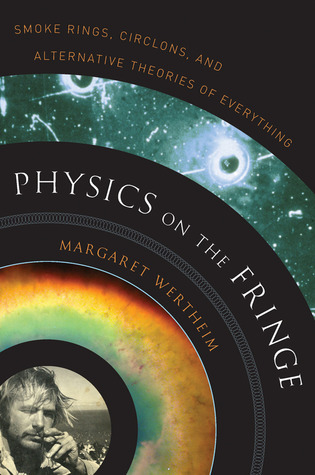What do you think?
Rate this book


336 pages, Hardcover
First published November 1, 2011
I have come to think of this as the “cosmological problem.” Traditionally, the purpose of cosmology was to embed a people in a world—what happens to a society when its official cosmology becomes one that 99 percent of its population does not understand and very likely cannot ever hope to comprehend? (254)